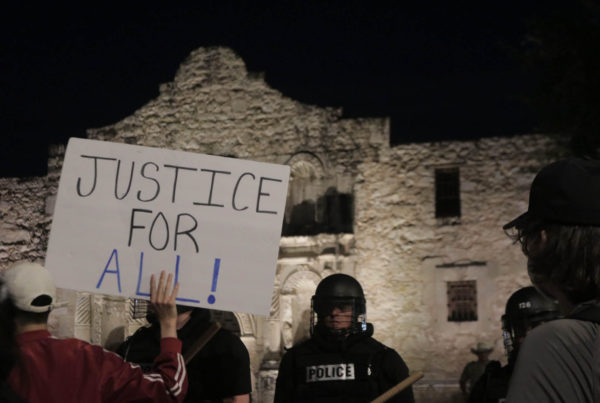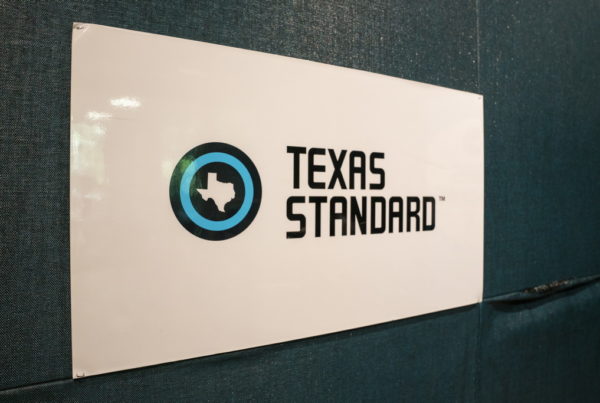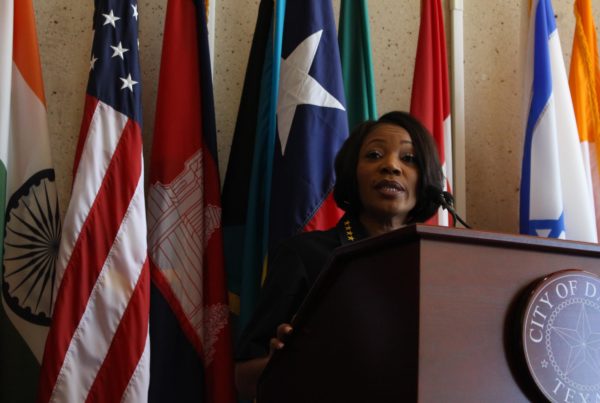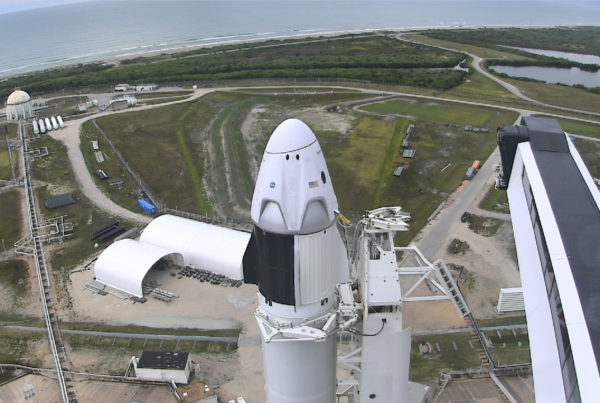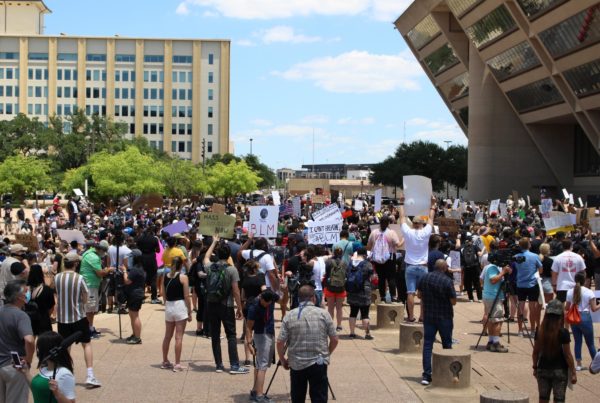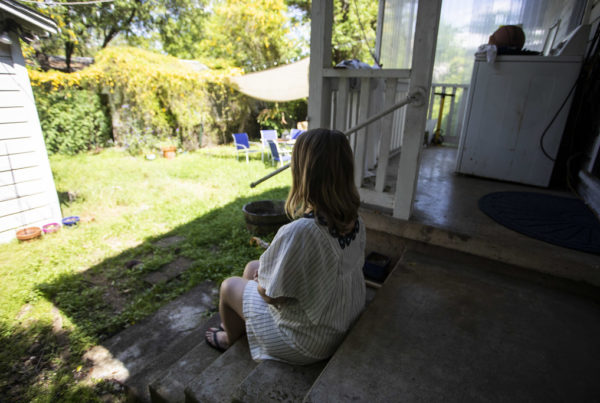Hurricane season officially begins Monday, and it’s expected to be an active one.
There have already been two named storms — Arthur and Bertha. If a tropical storm or hurricane strikes the Texas Gulf Coast, the coronavirus pandemic could complicate the region’s ability to evacuate citizens and to rebuild afterwards.
The National Oceanic and Atmospheric Administration is predicting what it refers to as an “above average” hurricane season. Its most recent forecast calls for between 13 and 19 named tropical storms — storms with sustained winds of at least 40 miles per hour. And some of those will accelerate to hurricane strength, according to Jeff Lindner, the meteorologist for the Harris County Flood Control District.
“Six to eight of those becoming hurricanes, and of those three to five or so becoming major hurricanes,” Lindner said.
While it’s impossible to tell this far in advance just how many of those could affect Texas, Lindner said, “there is some indication this year that, unlike the past three or four years, where the Caribbean’s been relatively quiet down there, that we could have some storms move through the Caribbean and threaten either the Gulf of Mexico or Central America.”
Tropical storms typically cause destruction in one of three ways. They can dump huge volumes of rain, as Houston saw during Harvey. The wind itself can cause damage like Hurricane Alicia back in 1983. And then there’s the storm surge – a huge wall of water that can devastate coastal areas as Galveston saw with Hurricane Ike. Jim Blackburn, co-director of Rice University’s Severe Storm Prediction Education & Evacuation from Disasters Center, is particularly worried about the last threat.
“We have really never seen a big surge event,” Blackburn said, “and if one comes, we’re going to lose an awful lot of homes and refineries and chemical plants on the east side of Harris County and on the east side of Galveston County as well.”
If all that weren’t enough, this year, there’s COVID-19.
“If you have evacuations,” said Tom Jeffrey, a senior hazard scientist with financial services firm CoreLogic, “you’re going to have people massing in certain locations, whether it be evacuation centers, evacuation areas like…school gymnasiums and things like that. It’s very difficult to keep people separated.”
The pandemic could also make recovery after a storm even harder. With COVID-related layoffs in the construction industry, factories that make building materials have been letting workers go as well.
“You have maybe a labor shortage on the front end, and then you also have coincident with that, materials [shortage],” Jeffrey said.
A recent study by CoreLogic found that Houston ranks seventh out of the 15 most vulnerable cities in the country when it comes to the potential for damage from a storm surge to single-family homes. The analysis found that COVID-19 could affect both preparation for a storm and recovery afterwards.
Jeffrey said the one positive is that people who have been able to stock up with supplies to deal with the pandemic may be better prepared to deal with a storm. Though, he said, many others are struggling to keep the pantry stocked.
f you found the reporting above valuable, please consider making a donation here. Your gift helps pay for everything you find on texasstandard.org and Houston Public Media. Thanks for donating today.




